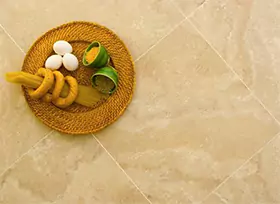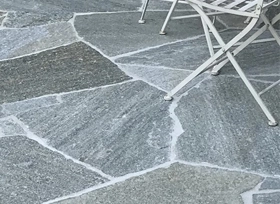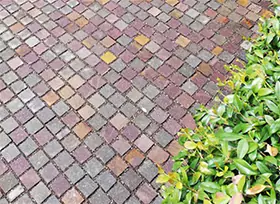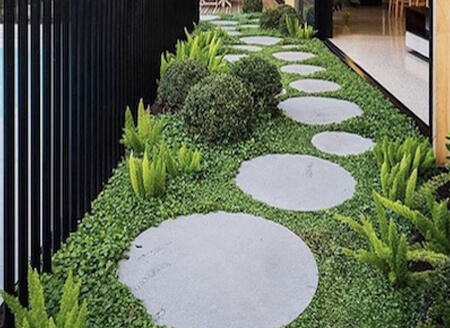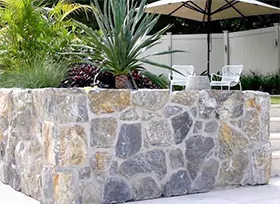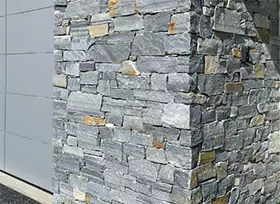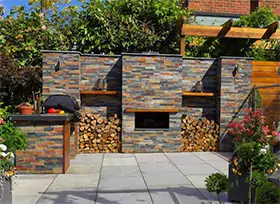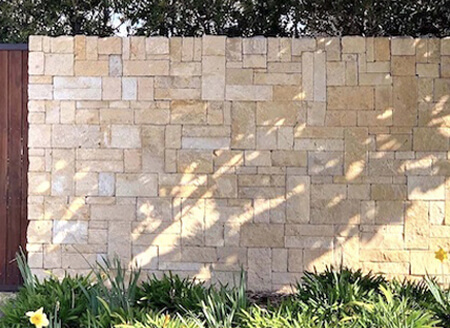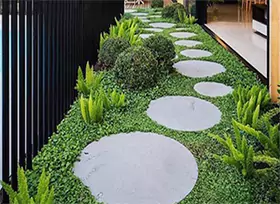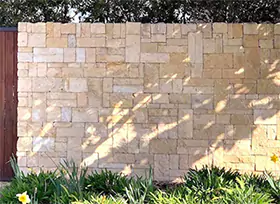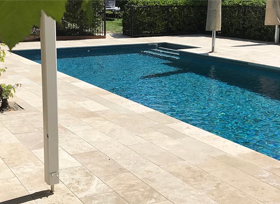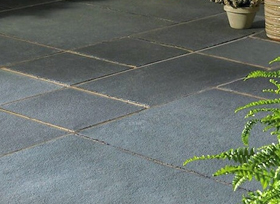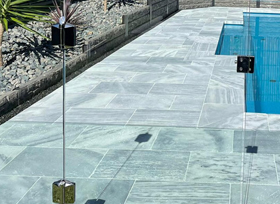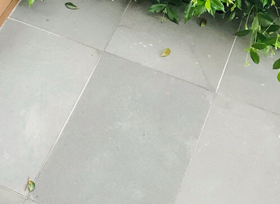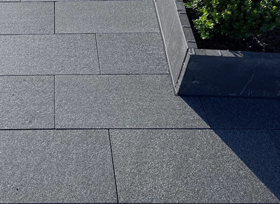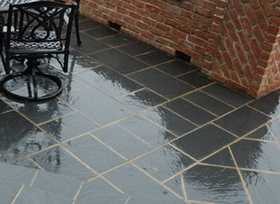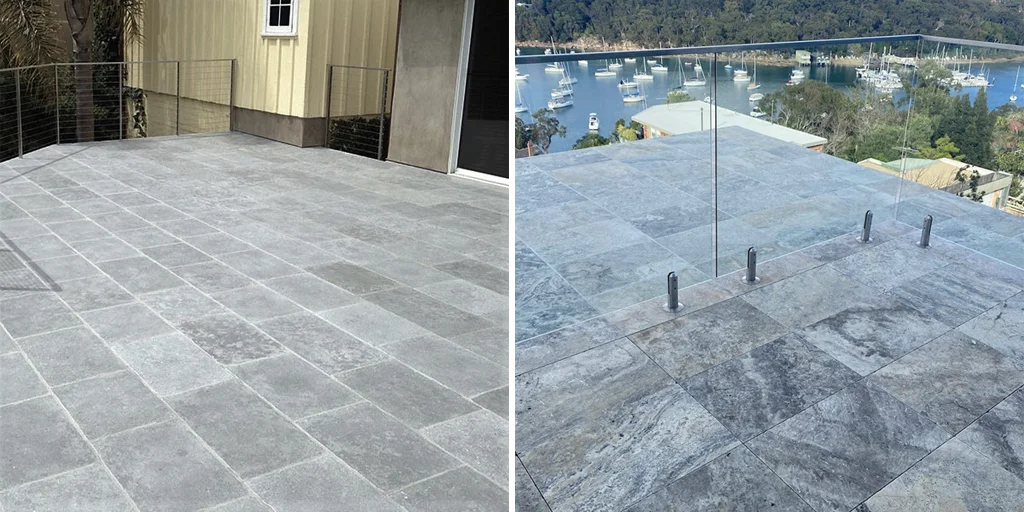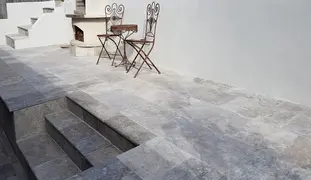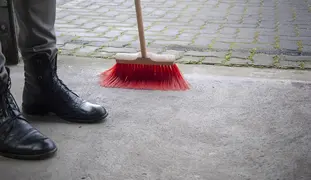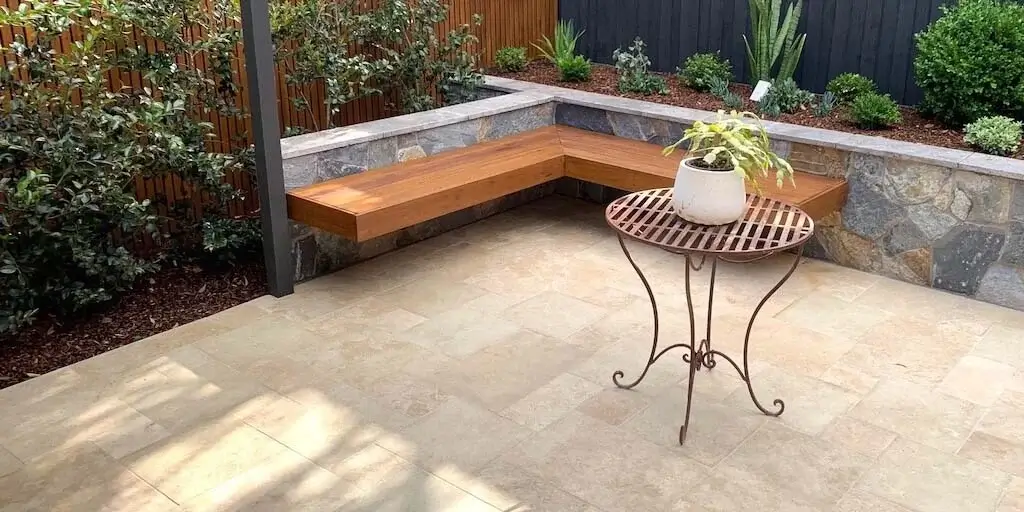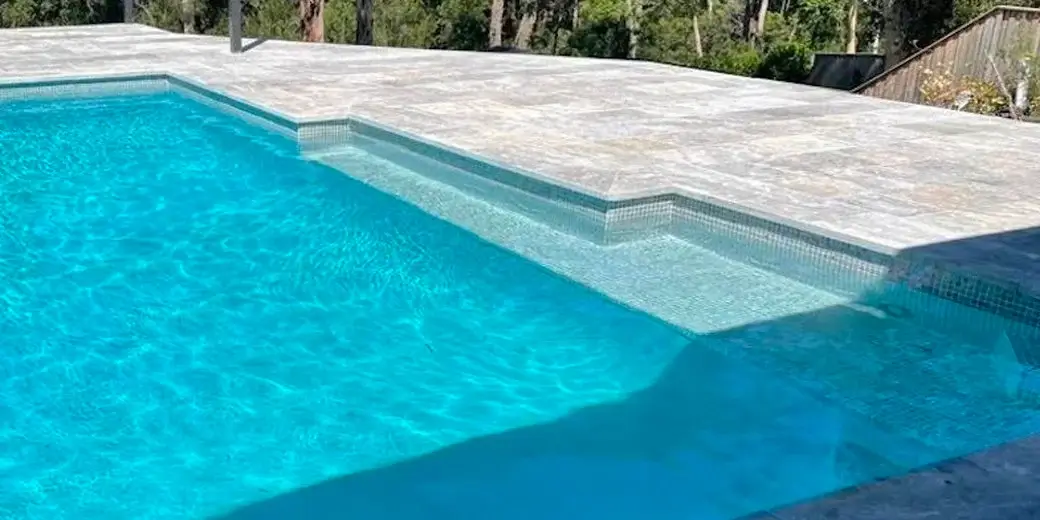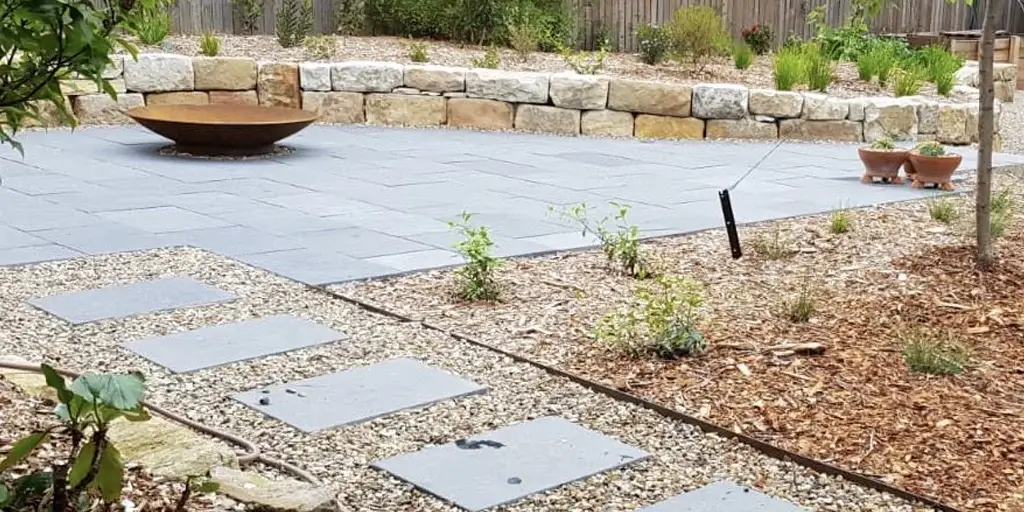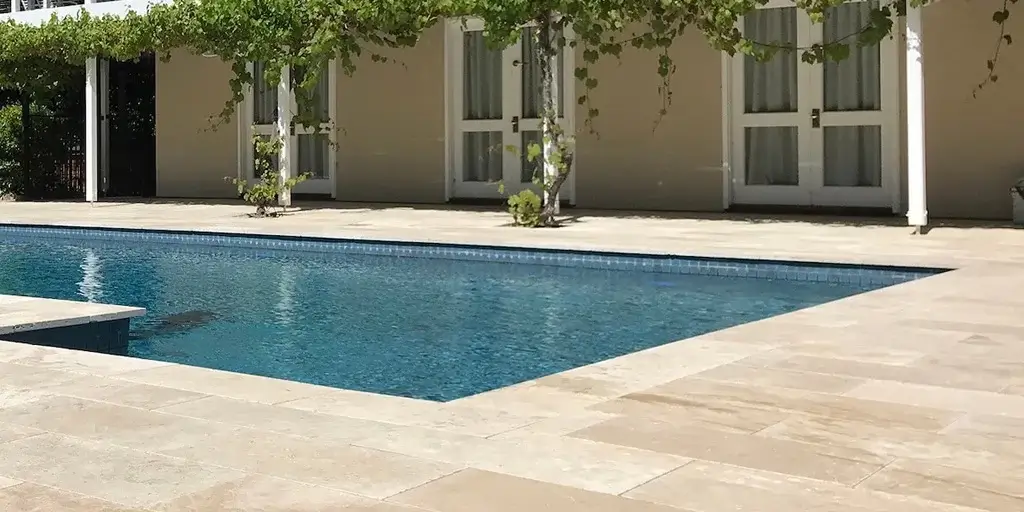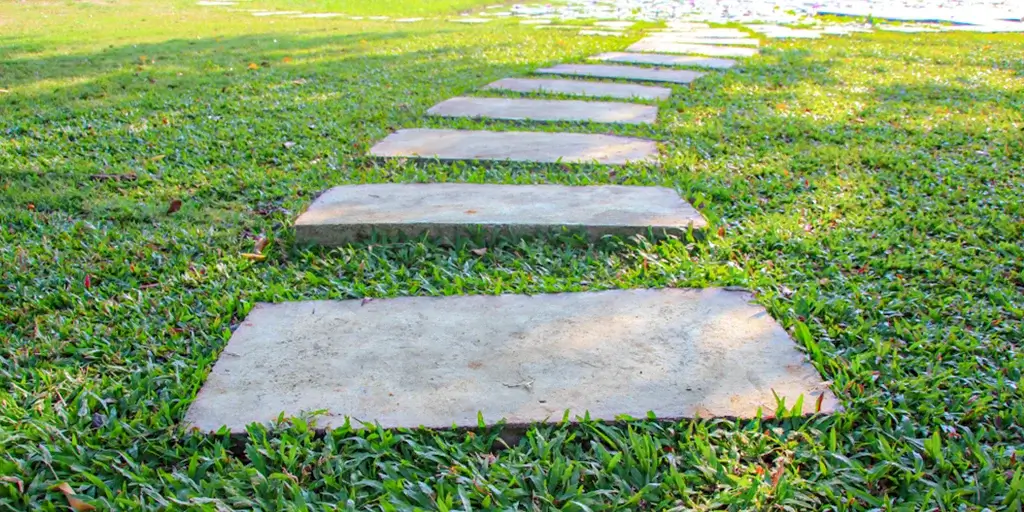While choosing natural stones for commercial projects or home renovations, we often stare at a blank. Opting for one depends on the usage, footfall, weather, and a lot of other factors.
In this article, we would talk about the difference between Limestone and Travertine, to help you decide which one to pick for your venture. Since both the stones look the same and share many characteristics, let's have a look at their unique differences.
The origin
We dig a little deep to know the stones which will help you understand the difference better. For starters, both are sedimentary rocks. Wondering what's the difference then? Well, Limestone forms with calcium carbonate and sediments that are usually found in and around oceans. We are sure you've heard of famous limestone caves. Travertine forms by the precipitation of calcium carbonate from lakes or natural springs under less heat and pressure. Hence it is called a pre-stage of Limestone.
The process of formation, extreme heat or pressure, and other environmental factors contribute to their density and texture.
Texture and surface
We spoke about the formation of both the stones above. The process in Travertine's formation is a factor for holes on its surface. These holes once had air bubbles trapped inside. It is advisable to fill the gaps in Travertine for a smoother appearance and avoid dirt or moss from getting inside.
On the other hand, Limestone is exposed to high heat and pressure, which releases air bubbles, hence no holes remain on the surface. Even if there are some, they would be as tiny as pinheads. Therefore, Limestone doesn't require any filling and has a naturally smoother surface.
However, the presence of holes should not scare you. Once the holes in Travertine are filled, it is as good as Limestone. Pick a high-quality stone that appeals with its colour or texture.
Strength and durability
Every natural stone requires maintenance and care. If installed and cared for correctly, they can last for decades! No stone has been used in isolation for construction projects since all stones have a variety of properties. Limestone and Travertine both are well suited for high-traffic areas.
However, in general terms, Limestone has more strength as compared to Travertine. It is less likely to crack or break whereas Travertine is more brittle and is more prone to breaking. Limestone is more appropriate for flooring outdoors or in high-traffic areas. Travertine's elegant appearance make it the best fit for pool pavers, walkway, walling, patio, or indoor flooring.
Colour and appearance
Travertine has a lot of variations in colours. The formation process causes the presence of veins or different shades on its surface. Featuring warm yellow and cool silver tones, this natural stone is slightly darker than Limestone. The latter is more uniform in appearance that gives a visual continuity when installed in driveways or patios. Usually available in white, grey, black, or beige, Limestone is brighter and lighter in colour.
The stone's suitability would depend on the look you want to achieve in the project. We highly recommend Travertine for contemporary yet subtle colour patterns. To achieve a clean and brighter look without many variations, choose Limestone.
Maintenance
All natural stones including Travertine require a layer of sealer to prevent damage from physical wearing and staining. The holes of the stones are filled with resin which prevents dust or debris from accumulating within them. However, being a little sensitive, you should apply a sealer to Travertine at least three or four times a year.
Limestone too requires sealing. After it is sealed, the stone demands less maintenance. It only needs periodic cleaning with mild cleaners or simple water to retain its shine. Limestone faces drawbacks with its light colour where dirt is more visible and requires more effort in cleaning.
Heat resistance
Both the stones remain cool in summer and are comfortable underfoot. The difference is in the process of dispersing heat.
Limestone deflects light. The tiny pores on its surface transfer the heat beneath and remain cool even in extreme heat. Similarly, Travertine absorbs the coolness of Earth beneath it and stays cool in the Sun. Overall, there is no difference in heat resistance of both the stones and can therefore be installed outdoors.
Applications
Usage of natural stones depends on their functionality, durability, and appearance. Honed and Tumbled finish of Travertine is suitable for indoor floors while Tumbled and Unfilled is recommended for outdoors. Alternatively, Limestone is available in Honed and Tumbled and Natural Split and Tumbled. Our Limestone finishes are suitable for both indoor and outdoor applications.
With the right sealing and maintenance, the stones can be efficiently used across a variety of applications. Both the stones can be used in pool surrounds, pool copings, patio, veranda, or walkways. In case using in wet areas or pools, check for slip resistance.
In conclusion
When it comes to picking the stone for your project, there is no right or wrong. It is the characteristics and cost of products that are the deciding factors. Both the natural stones are elegant, enhance the aesthetics of any property, feel soft underfoot, and remain cool. Most of the similarities come from the method of their formation.
We hope we could enlighten you enough on the differences between Limestone and Travertine, helping you pick the most suitable one as per your requirement. For an answer to your queries, please feel free to write to us at [email protected]
*Disclaimer: All information and advice given above in the blog are to the best of our knowledge. Please reconfirm at your end before execution.




